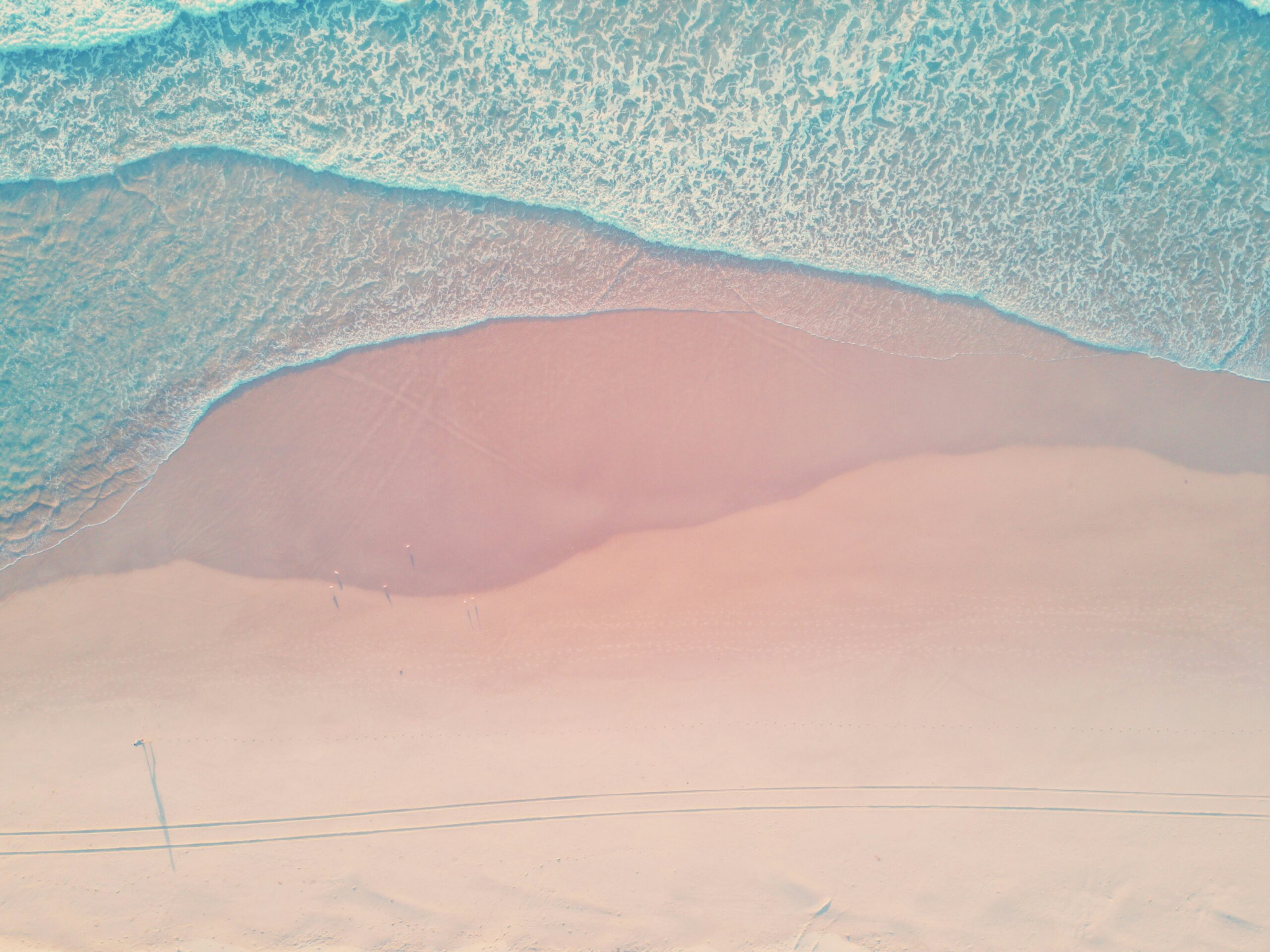The History of Surfing: From Ancient Traditions to Modern Waves
Surfing is more than a sport—it’s a cultural phenomenon with roots that stretch back thousands of years. From the ancient Polynesians who first rode waves to the global surfing community of today, the history of surfing is as dynamic and inspiring as the waves themselves. Here’s a look at how surfing evolved over the centuries.
The Origins of Surfing
The story of surfing begins in Polynesia, where wave riding was a deeply embedded part of the culture. Ancient Polynesians used wooden boards to ride waves for both recreation and ceremonial purposes.
Hawaiians, in particular, elevated surfing to an art form, calling it he’e nalu, which means “wave sliding.” It wasn’t just a pastime—it was a way to connect with the ocean and honor the gods. Surfing was deeply tied to the social structure, with chiefs often riding the largest and most impressive waves on the finest boards.
Boards were crafted from native trees like koa or wiliwili, and their size and shape reflected the surfer’s social status. The most prestigious surfers used olo boards, which could be up to 16 feet long, while commoners used shorter alaia boards measuring 7 to 12 feet.
European Contact and Decline
When Europeans arrived in Hawaii in the late 18th century, surfing faced a decline. Missionaries and settlers discouraged the practice, viewing it as a frivolous activity that clashed with their religious beliefs. As a result, much of the surfing tradition was suppressed, and fewer people continued to ride waves.
The Revival of Surfing
The early 20th century saw a revival of interest in surfing, thanks in part to Hawaiian watermen like Duke Kahanamoku. Known as the “Father of Modern Surfing,” Duke introduced the sport to the world during his travels as an Olympic swimmer. His demonstrations in places like Australia and California helped reignite global enthusiasm for surfing.
At the same time, advances in board design contributed to the sport’s growth. The introduction of lighter materials like balsa wood and foam allowed for more maneuverable boards, making surfing more accessible and dynamic.
Surfing’s Golden Age
The 1950s and 1960s marked the golden age of surfing. The post-war boom brought a surge of leisure culture, and surfing became a symbol of freedom and rebellion. This era saw the rise of surf music, with bands like The Beach Boys celebrating the lifestyle, and surf films like The Endless Summer capturing its allure.
During this time, iconic surf brands such as Quiksilver and Billabong emerged, catering to a growing community of wave riders. Surf competitions also gained traction, with events like the Makaha International Surfing Championships and the inception of the World Surf League (then the International Professional Surfers) establishing surfing as a competitive sport.
Surfing Today
Today, surfing is a global phenomenon enjoyed by millions. Advances in technology have led to innovations in board design, wetsuits, and even wave pools, making surfing more accessible than ever. Surfing has also gained recognition on the world stage, becoming an Olympic sport in 2021.
Beyond its competitive aspect, surfing remains deeply connected to its cultural roots. Modern surfers continue to honor the sport’s heritage while pushing the boundaries of what’s possible on a wave.
Conclusion
From its origins in ancient Polynesia to its modern-day evolution, surfing is a testament to humanity’s enduring connection with the ocean. Whether you’re riding a wave for the thrill, the challenge, or the spiritual experience, you’re participating in a tradition that has transcended time and geography. Surfing is more than just a sport—it’s a way of life that celebrates the beauty and power of the sea.
